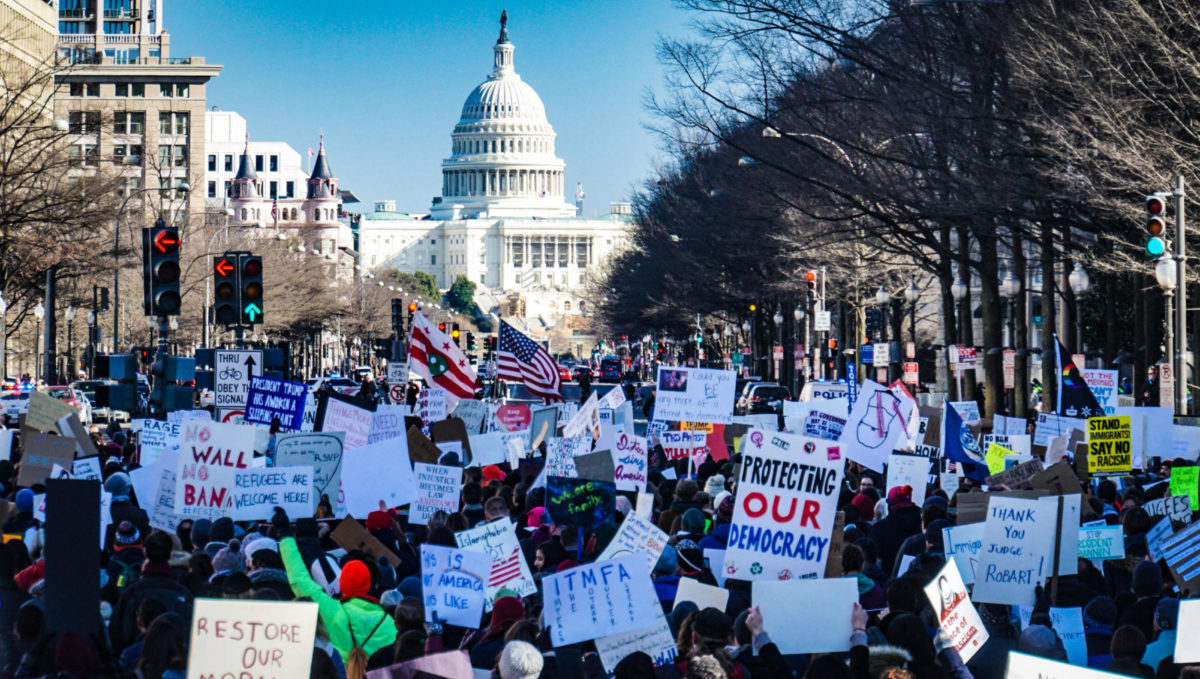In June of 2022, the Supreme Court officially blocked Biden’s plan for one-time student debt cancellation. This initial plan was supposed to forgive up to $20,000 of student loans per borrower, with over 43 million borrowers promised help with their student loans by the White House. Ever since President Joseph Biden and Vice President Kamala Harris took office in January of 2021, over $116 billion has been spent on forgiving student loans for over 3.4 million borrowers. In July of 2022, this initial plan was blocked, causing Biden to move to Plan B: income-driven repayment plans. This plan, promised to 804,000 borrowers, has a cumulative cost of $39 billion. This new income-driven repayment plan should significantly lower student loan payments for people with lower or no income, by taking a 10-20% of a person’s discretionary income for 20-25 years. Biden is also making changes to the Public Service Loan Forgiveness (PSLF) plan, which has been in place since 2007. In order to qualify for PSLF one has to pay 120 payments, which usually takes around 10 years, while working for a public service employer.
A major controversy in the student loan relief plan was the issue of where the money would come from. This plan would cost $500 billion, which would all come from taxpayer money. While some recognized this as a necessary sacrifice for the betterment of the welfare and education of the United States population, others believed that if they could pay the debt off, others could too. A common misconception is that all people have the income to pay off student loans, when in reality the low-income population, or even those who don’t have jobs, have trouble paying off their loans. This can discourage future generations from going to college, resulting in a less educated society.
“It is absolutely fair that tax money be spent on student debt relief,” OHS social studies teacher Jon Barnett said. “Educated Americans are a key part of the workforce and are needed for the country to function. They deserve as much support as anything else funded with taxpayer money.”
While Biden’s student loan relief plan is far from perfect, it’s a step closer to what the low-income families of America need for higher education. The sacrifice of taxpayer money having to go towards student debt relief is a sacrifice that needs to be made in order for a more educated society and to benefit the citizens of America. Not everybody has the ability to pay off student loans, and personal financial obstacles are burdens in and of themselves. Perhaps the current plan for student debt relief won’t be effective in the status quo, but it will bring us closer to the financial aid that hundreds of thousands, if not millions, of Americans need.
“Biden’s goal in his proposed debt relief was simply to give people hope that they might be able to pay off their student debt,” Barnett said. “Starting adult life with crushing student loan debt is financially and mentally exhausting, and for many Americans,
there is no way for them to pay off their debt within anything approaching a reasonable time.”








